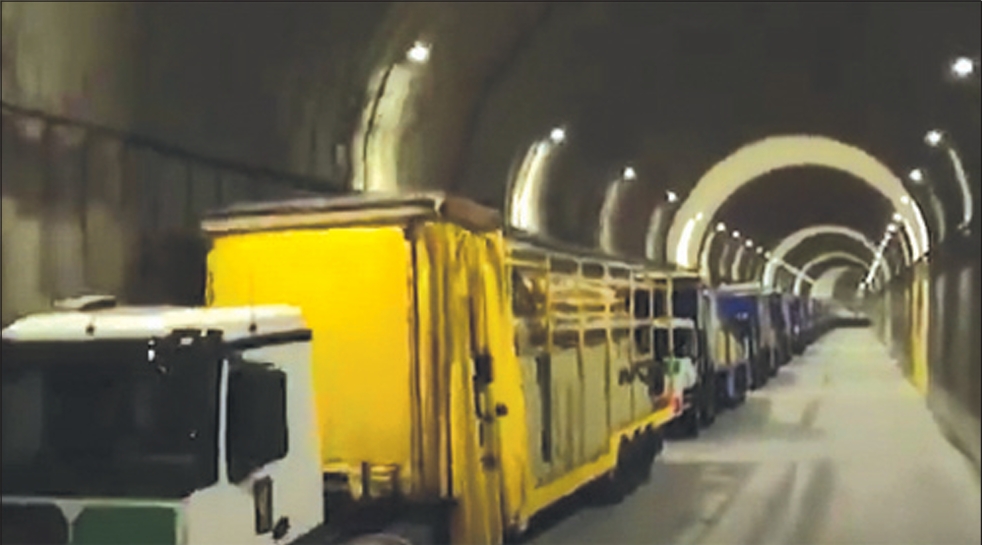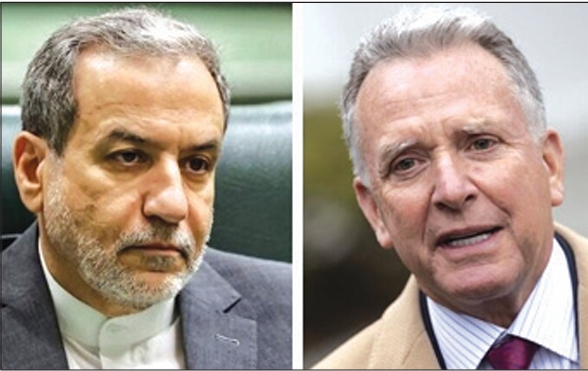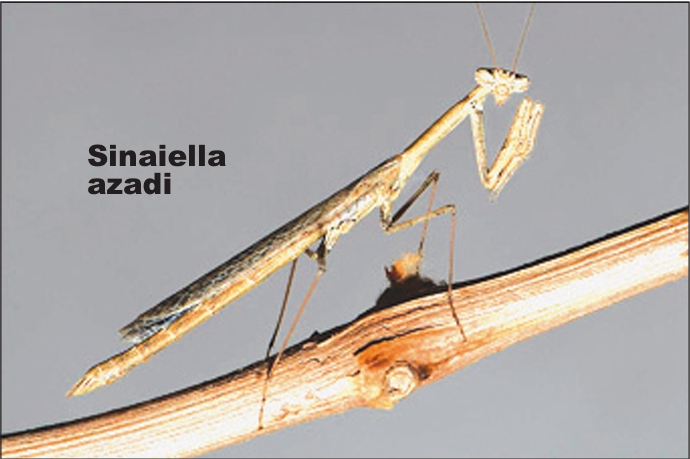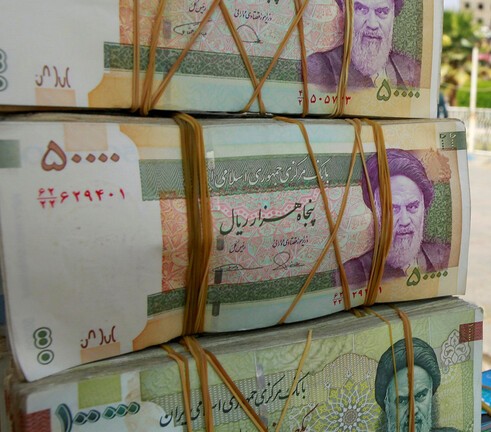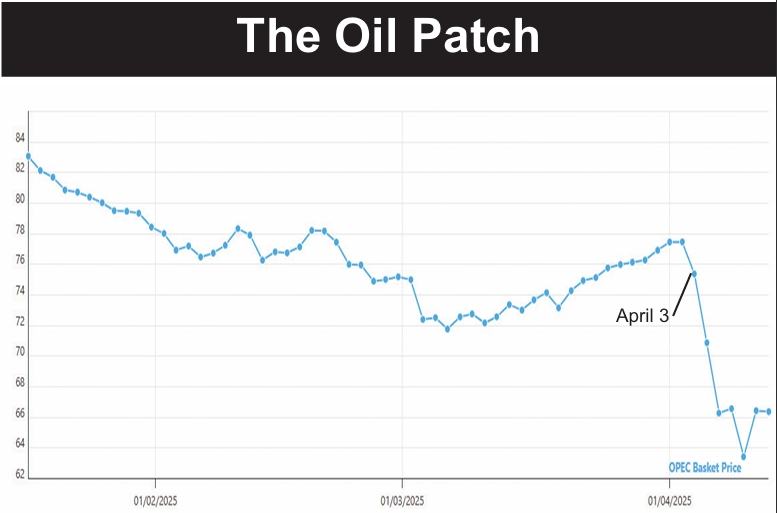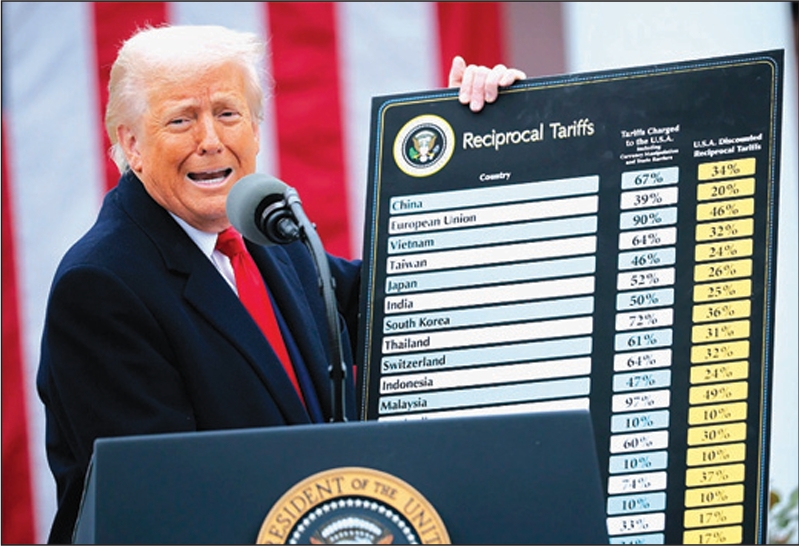The planned pipeline carrying gas from Iran to Syria through Iraq is to feed into the Arab regional gas network planned to link the three countries to Lebanon, Egypt and Jordan.
The network could carry Iranian and Iraqi gas via a 56-inch (142-centimeter) link with daily capacity of as much as 110 million cubic meters, Syrian Energy Minister Sufian Alao said yesterday at a press conference with Mir-Kazemi in Damascus.
Mir-Kazemi and Alao also discussed the planned sale of Iranian gas to Syria through a pipeline that is scheduled to run across Turkey later this year.
Iran and Syria previously agreed that daily gas exports to Syria through Turkey will start at 3 million cubic meters and increase gradually to 9 million, depending on the Turkish pipeline capacity, Alao said.
The prospects for the pipelines remain unclear. Iran has put increased emphasis on pipelines since Western sanctions have pretty much closed down any progress on Iran’s plans to build liquefaction facilities that would allow Iran to send liquefied natural gas (LNG) by tanker anywhere in the world. Iran’s only significant gas exports are by pipeline to Turkey. Other major gas pipeline projects appear to floundering.
Syria had proven oil reserves of 2.5 billion barrels at the end of 2009 but has the smallest gas deposits in the region after Bahrain, according to the BP Statistical Review.
Syria’s oil will run out within 18 years, according to its reserves-to-production ratio as calculated by BP. The government is trying to halt the decline in output by attracting investment to new developments.


